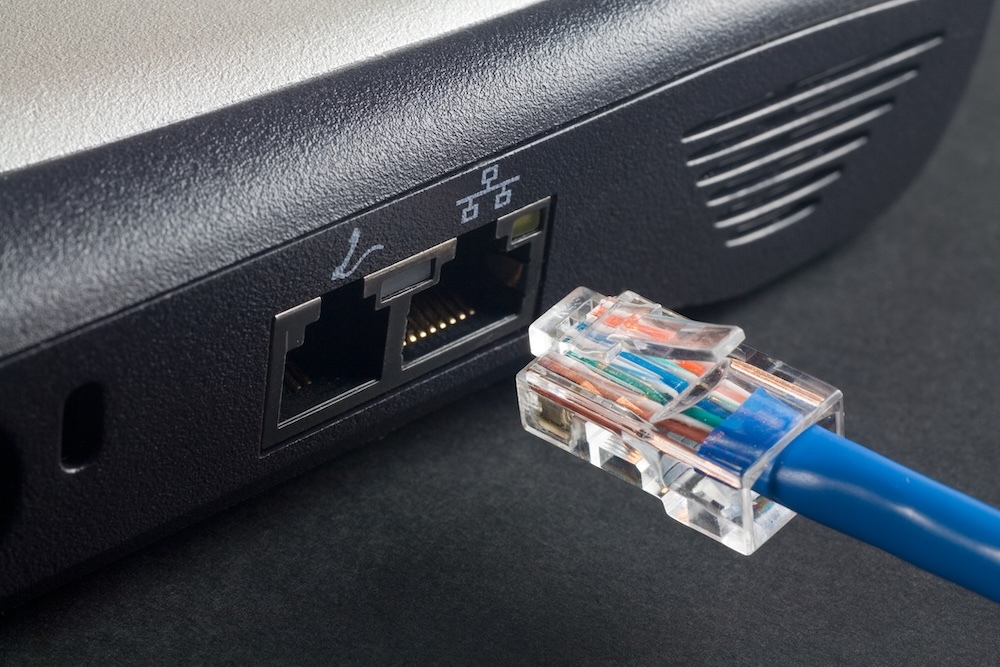Self Proclaimed Internet user and Administrator of Reddthat
- 61 Posts
- 16 Comments

 3·5 months ago
3·5 months agoYeah that’s why I included the other “main posts”… Their technical details really didn’t say anything technical
Ah. I see you too enjoy the debian approach

 1·6 months ago
1·6 months ago2nd best reporting in.

 4·9 months ago
4·9 months agoRight? Such a good vibe.
Bah! I totally forgot that they have the new “efficiency” cores…
Performance Cores: 6 Cores, 12 Threads, 2.5 GHz Base, 4.8 GHz Turbo
Efficient Cores: 8 Cores, 8 Threads, 1.8 GHz Base, 3.5 GHz TurboHmmm, I’d still say its totally worth it because the 12500 only has 6 core (12 threads) total. You are getting 8 extra core/threads.
Linux/docker/anyOS will make use of 8 extra cores regardless of the workload. Sure they might not be as performent on the lower end but a process running 12 threads vs a process running 20 threads will always be more performant.
I’m always look at ongoing costs rather than upfront and mostly thats the TDP, which is exactly the same. So I would agree with your sentiment. The major cost is performing it.
Single thread has a small increase 5% or so, but you have double the amount of threads. So your two dozen (24) docker containers could have a thread per container! Thid could benefit you a lot if you were running anywhere near 100% or have long running multithread jobs.
If I had the disposable money and I thought I could sell the 12th gen CPU then maybe. But i’m still rocking some old E3-12xx v3 Xeons which probably costs me more per year than what you will pay to upgrade!

 1·1 year ago
1·1 year agoIt’s no different than standard FDE with LUKS, but the password is no longer the master key. The password (from what I’ve read) is used to generate the key, and that key is then used as the secret. So you can have an average password and it still makes it hard to “crack”
that’s only an issue if you’re telling nginx the internal IP of the container container names
Oh how naive I thought so to. Nope.
If you have an nginx container (swag) that is inside the docker network, without a
resolver 127...configuration line. Upon initial loading of the container it will resolve allupstreams. In this case yours aresabandsonarr. These resolve to 127.99.99.1 and 127.99.99.2 respectively (for example purposes). These are kept inside memory, and are not resolved again until a reload happens on the container.Lets say
sabwas a service that could scale out to multiple containers. You would now have two containers calledsaband onesonarr. The IP resolutions are 127.99.99.1 (sab), 127.99.99.2 (sonarr), 127.99.99.3 (sab).
Nginx will never forward a packet to 127.99.99.3, because as far as nginx is concerned the hostnamesabonly resolves to 127.99.99.1. Thus, the 2ndsabcontainer will never get any traffic.Of course this wouldn’t matter in your usecase, as sab and sonarr are not able to have high availability. BUT, lets say your two containers were restarted/crashed at the same time and they swapped ips/got new IPs because docker decided the old ones were still inuse.
Swag thinks sab = 127.99.99.1, and sonarr = 127.99.99.2. In reality, sonarr is now 127.99.99.3 and sab is 127.99.99.4 So you launch http://sonarr.local and get greeted with a sonarr is down message. That is why the resolver lines around the web say to have the
ttl=5sto enforce a always updating dns name.This issue is exactly what happened here: https://reddthat.com/comment/1853904
I know nginx
Oh don’t get me wrong, nginx/Swag/NPM are all great! I’ve been trialing out NPM myself. But the more I use nginx with docker the more I think maybe I should look into this k8s or k3s thing, as the amount of networking issues I end up getting and hours I spend dealing with it… It just might just be worth-it in the end :D
/rant
I get hit by this all-the-time.
The worst thing is when docker containers scale up/down, so they get new IPs.
The proxies (mostly nginx) only do DNS resolution at startup. Which is why they say to add this resolver configuration to your nginx. It forces a re-validation every 30 seconds.You’ll have containerA/B/C have ips 172.20.0.[2-4] and all have a hostname of “container”. Then if you add a new container (scale=4) containerD comes up with 172.20.0.5.
Your nginx container still resolves “container” to [2-4] and it will never resolve to the new container unless you restart the container, or you have this resolver configuration (which will make it force a resolution after 30 seconds).This one feature makes me hate using nginx as a reverse proxy for containers but it’s more intuitive than having to write a constant traefik middlewares just so I can have everything the way I want it
This hit us at Reddthat recently, and was part of the reasons why we had some downtime. The UI containers were scaling out with load but the proxy wasn’t resolving the new containers and was still sending traffic to the original container. :eyeroll:
wow i need this like right now…

 9·1 year ago
9·1 year agoWhat a hero!

 1·1 year ago
1·1 year agoI know it’s possible to get the system temperature from
sensors. Which gets the info from/sys/class/thermalYou could probably write a wrapper around the temperature from there and when it gets to 100? Perform a shutdown
I guess it all depends on what you find interesting. I have the brief extension installed on my browser and whenever I find blogs or people I enjoy if they have an atom/rss feed I subscribe. Over the years you find lots of content.
Some of the random sites I follow:
I did! It was another double espresso. I’m not sure I should go for a third. I am crashing though…













I can neither confirm or deny for the safety of my pigeons.